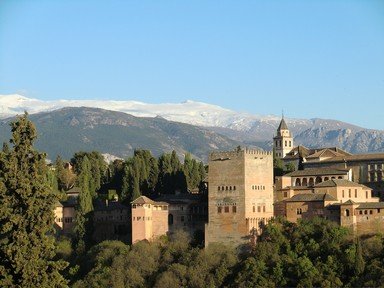Quiz Answer Key and Fun Facts
1. El Cid Campeador was not his name, but a nickname (el Cid) and title (Campeador). What was his real name?
2. At a very young age, El Cid was orphaned and entered into the service of Fernando I, where he grew up alongside the crown prince ('infante'), who would later become the first King of Castile. Who was this future King and El Cid's lifelong friend?
3. After Sancho II was crowned King of Castile in 1065 AD, he appointed El Cid as his 'Alférez'. What did that mean (more or less)?
4. In 1067 AD, a minor battle was fought between Sancho II and his cousins Sancho IV Garcés, King of Navarre and Sancho Ramírez, King of Aragon (War of the Three Sanchos) over the inheritance of the late king of Navarre . Although not a major conflict, it was a watershed point in the life of El Cid. Why?
5. In 1072 AD Sancho II was assassinated and Alfonso VI recaptured his lost throne of León and, in addition, succeeded his brother as King of Castile. After an an auspicious start, El Cid fell in disfavor with his new king in 1080 AD. What was the result of El Cid's falling out with the new King of Castile?
6. In 1087 AD, Alfonso VI and El Cid became reconciled. What is thought to have been the main reason for their reconciliation?
7. In 1094 AD El Cid reached the pinnacle of his martial and political power. After a siege of almost a year, he sacked this city and declared himself the independent ruler over this principality. Which large Mediterranean city was ruled by El Cid?
8. Despite a life spent on numerous battlefields, El Cid died of natural causes in 1099 AD. Where would you be able to find his remains?
9. Much in the same way as King Arthur is associated with Excalibur, El Cid is connected to another famous sword. What is its name?
10. Around 1200 AD, a world famous "chanson de geste" or epic poem was written about El Cid. What is the manuscript called?
Source: Author
Debarrio
This quiz was reviewed by FunTrivia editor
bloomsby before going online.
Any errors found in FunTrivia content are routinely corrected through our feedback system.

